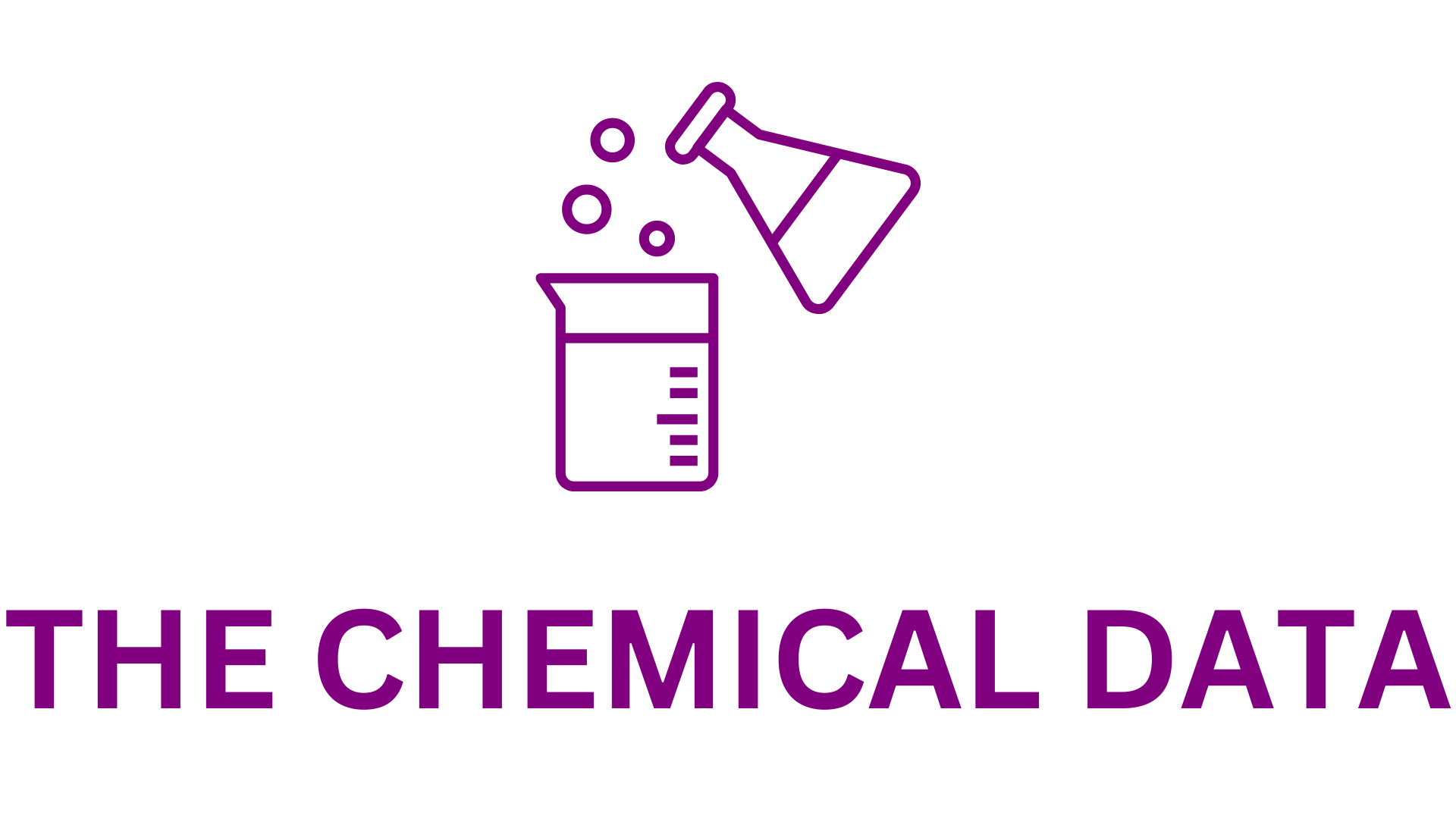
In a significant milestone for both its sustainability journey and the fashion industry as a whole, sports company has successfully reached its ambitious goal of making 9 out of 10 of its products from recycled or certified materials in 2024. This achievement is part of the company’s broader commitment to reducing its environmental footprint and driving positive change within its operations and the supply chain. As outlined in PUMA’s 2024 sustainability report, published on Tuesday, the company has not only reached this target ahead of schedule but has also made significant progress in other crucial areas, including circularity, climate action, and human rights.
Reaching Sustainability Milestones Ahead of Schedule
PUMA first set the goal of using recycled or certified materials in 9 out of 10 products in 2021. The company’s rapid progress in meeting and exceeding this target showcases its strong commitment to driving sustainability within the global fashion and sportswear industry. The goal, which was initially set to be met by 2025, was accomplished a year earlier than planned, reflecting the collaborative effort across teams and its manufacturing partners. According to Maria Valdes, Chief Product Officer at PUMA, “Reaching our goal of 9 out of 10 products one year ahead of schedule is a testament to the great teamwork of everybody involved at and our manufacturing partners.”
A key factor contributing to this success is the company’s extensive use of recycled and certified materials, which are not only environmentally friendly but also significantly reduce greenhouse gas emissions. In 2024, PUMA used 13% recycled cotton in its products, while approximately 75% of the polyester fabric used was made from recycled materials. These efforts are part of a broader strategy to improve product sustainability and reduce reliance on virgin resources, further supporting long-term vision for a circular economy.
Moreover, textile-to-textile recycling project, RE:FIBRE, has emerged as a game-changer in the industry. RE:FIBRE focuses on using industrial and post-consumer waste as raw materials for the creation of new products, thus minimizing the need for new textile fibers. In 2024, 13.9% of the polyester used in apparel products came from the RE:FIBRE program, demonstrating the company’s leadership in textile recycling and circularity.
Advancing Climate Action with Significant Emissions Reductions
Climate action has been at the core of PUMA’s sustainability initiatives, and the company has made remarkable strides in reducing its carbon footprint across its operations. Through close collaboration with its core suppliers, PUMA has been able to significantly reduce greenhouse gas emissions across its supply chain. Since 2017, emissions from purchased goods and services have decreased by 17%, demonstrating the company’s ability to drive emissions reductions through strategic partnerships and effective supply chain management.
In 2024, PUMA achieved an 86% reduction in emissions from its own operations, compared to the 2017 baseline. This dramatic decrease was made possible by various initiatives aimed at improving energy efficiency and transitioning to renewable energy sources. For instance, PUMA has powered all its offices, stores, and warehouses with renewable electricity, including the purchase of Renewable Energy Certificates (RECs). The company has also increased its use of electric vehicles in its global car fleet, further reducing its overall emissions.
One of the most significant moves in PUMA’s efforts to reduce its environmental impact has been the installation of large-scale solar photovoltaic (PV) plants at its headquarters and a major distribution center in Germany. These solar plants are expected to provide a substantial portion of the company’s energy needs and are a key part of PUMA’s long-term plan to reach its sustainability goals.
PUMA’s overall goal is to reduce greenhouse gas emissions in its operations by 90% and to achieve a 33% absolute reduction in supply chain emissions by 2030, both compared to 2017 levels. This ambitious target is aligned with the climate science needed to limit global temperature rises to 1.5°C above pre-industrial levels. Achieving these goals would place PUMA at the forefront of the global effort to mitigate climate change, setting a strong example for other companies in the fashion and sports industries.
Promoting Human Rights and Fair Labor Practices
In addition to its environmental efforts, PUMA has made significant strides in ensuring fair labor practices and promoting human rights within its supply chain. As part of its ongoing commitment to workers’ rights, PUMA has conducted extensive training programs on crucial issues such as sexual harassment for its employees and factory workers. Since 2021, over 290,000 workers across PUMA’s global supply chain have received training on sexual harassment prevention. This initiative is part of the company’s broader strategy to create a safe and respectful working environment for all those involved in the production of PUMA products.
Another key development in PUMA’s human rights efforts is the company’s focus on improving wages for workers in its core supply chain. In 2024, the average payment to workers at PUMA’s core suppliers was 66% above the minimum wage, which marks an increase of 3 percentage points from the previous year. By ensuring that workers are paid a fair wage, PUMA is not only improving the lives of its employees but is also promoting broader social and economic justice in the regions where it operates.
PUMA’s Long-Term Sustainability Vision: Vision 2030
PUMA’s sustainability achievements in 2024 are part of the company’s broader Vision 2030 strategy, which lays out a roadmap for achieving greater environmental sustainability and social responsibility. The Vision 2030 framework focuses on four main pillars: circularity, climate, human rights, and product sustainability. PUMA aims to be a leader in these areas, driving innovation and setting new standards for sustainability in the fashion and sportswear industries.
Looking ahead, PUMA will continue to focus on expanding its use of sustainable materials, reducing emissions, and further improving the lives of workers in its supply chain. The company is committed to working with suppliers, partners, and other stakeholders to drive systemic change and ensure that its sustainability efforts have a lasting and meaningful impact.
PUMA’s Impact on the Sportswear Industry and the Future of Sustainable Fashion
PUMA’s accomplishments in 2024 demonstrate that it is possible for a major global brand to achieve significant progress in sustainability while maintaining its position as a leader in the competitive sportswear market. By prioritizing circularity, reducing emissions, and promoting human rights, PUMA is setting an example for other companies in the fashion and sports industries to follow. Its focus on innovation, collaboration, and long-term goals positions PUMA to continue making a positive impact on both the environment and society.
As the sportswear industry grapples with the growing demand for sustainable products, PUMA’s success proves that sustainability and profitability can go hand in hand. With its Vision 2030 goals and continued commitment to transparency and progress, PUMA is well-positioned to lead the way in sustainable fashion, showing the world that it is possible to create high-performance, stylish products while safeguarding the planet and its people.
PUMA’s achievements in 2024 underscore the company’s role as a pioneer in the sustainability movement within the sportswear and fashion industries. By reaching its goal of using 9 out of 10 recycled or certified materials in its products, the company has proven that it is possible to make a substantial environmental impact while maintaining a strong business model. With continued progress in reducing emissions, promoting human rights, and driving circularity, PUMA’s sustainability journey is far from over. As the company looks to the future, its Vision 2030 goals will undoubtedly guide its efforts to further improve the lives of people and the health of the planet for years to come.







